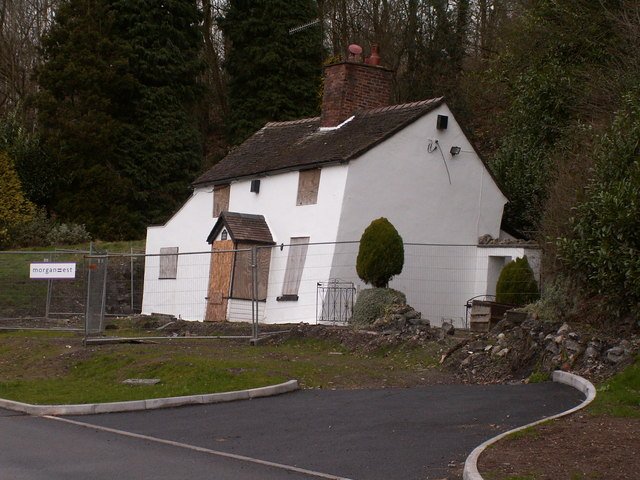
Subsidence is a term feared by many homeowners. Subsidence is caused when the ground beneath a property sinks, which causes the foundations of a house lower and become misaligned. It can have a considerable impact on both the value, the living conditions and structural integrity of a house.
From a developer’s perspective, it is important to spot the early signs of subsidence and knowing what to look out for. Otherwise, a house with subsidence can plummet significantly in value.
There are various different causes for subsidence. It’s important to know what these are in order to better check a property for this condition. Some of the main cause of subsidence include the following:
Types of Subsidence
|
Cause |
Damage Done |
| Soil Content | Having soil with a high clay content can make it more prone to change volume, swelling when wet and shrinking when dry. This can cause the ground beneath the foundations of a house to become unstable, and lead to subsidence. |
| Leaks | When there is a water leak around the foundations of a property, this can have a significant impact on the soil, causing it to swell or wash away depending on the soil content. This can alter the level of the ground beneath a property’s foundations, further causing subsidence. |
| Trees and Shrubbery | If a house has trees and large shrubbery too close to its surroundings, this can drain a significant amount of moisture from the ground underneath the house, altering the level of the ground and causing the property’s foundations to sink. |
| Mining (Location) | Houses that are built close to an old mining site can also be at risk of subsidence. This is due to the material in the mining site decomposing, altering the ground and impacting the structural integrity of nearby houses. |
Whilst understanding the causes of subsidence can help to prevent it, spotting the signs of subsidence are also vital in helping to protect a house from the condition as best as is possible.
How to Check If a Property Has Subsidence
There are numerous ways subsidence can present itself, the main ones being as follows:
- Cracks around doors and windows – cracks from subsidence can appear both outside and inside the house, they are typically found near a property’s doors and windows, and spread significantly faster than other types of cracks.
- Crinkling wallpaper – when wallpaper begins to crinkle this can also be a sign of subsidence, typically being around where the wall meets the ceiling.
- Doors and windows jamming – when you begin to have difficulty opening or closing any doors and windows to a property this could be due to subsidence; the sinking of the house’s foundations cause these features to become misaligned.
When spotting signs of subsidence, it’s vital that these are checked by a surveyor, who can inspect the property to confirm this.
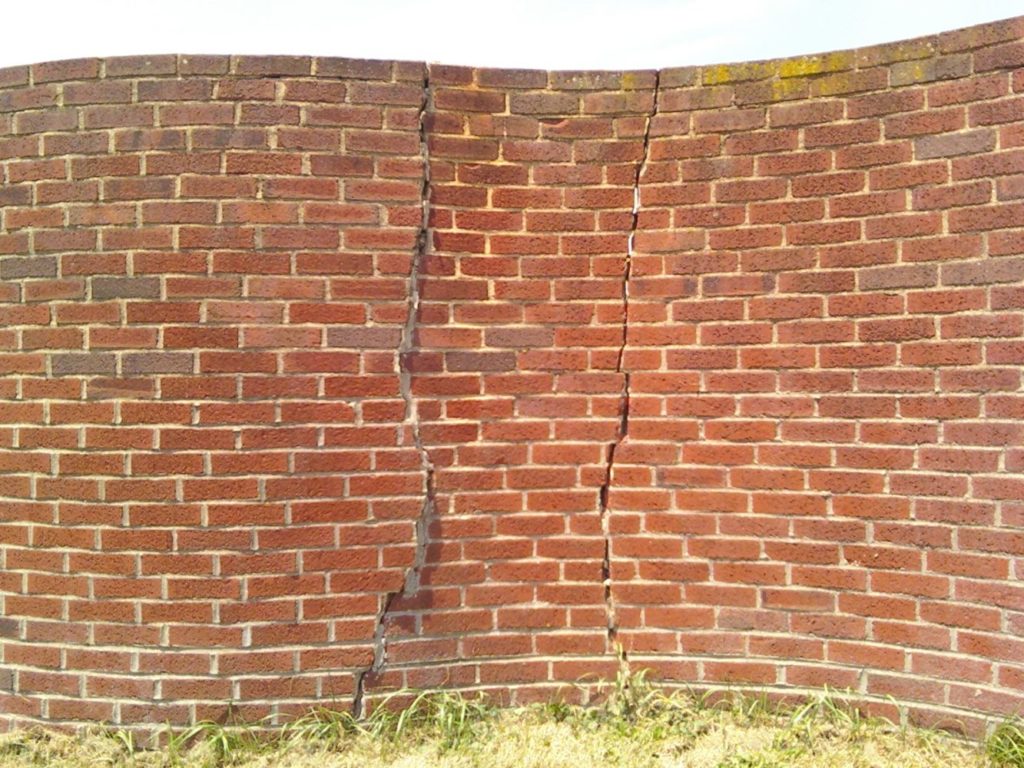
If you see cracks in walls, you could be dealing with subsidence
What to Do If My Property Has Subsidence
If you think your property is suffering from subsidence, it’s important to contact your buildings insurer as soon as possible.
Typically, the quicker subsidence is noticed the easier it is to manage. Your insurer will organise for a surveyor to come round and inspect the property. The surveyor can then confirm whether it is subsidence or not.
You can get insurance for subsidence, however most standard insurers will not cover a house that is, or previously has, suffered from subsidence. Therefore, when looking to buy a house it’s important to learn about its history, and whether it has at any point been affected by subsidence.

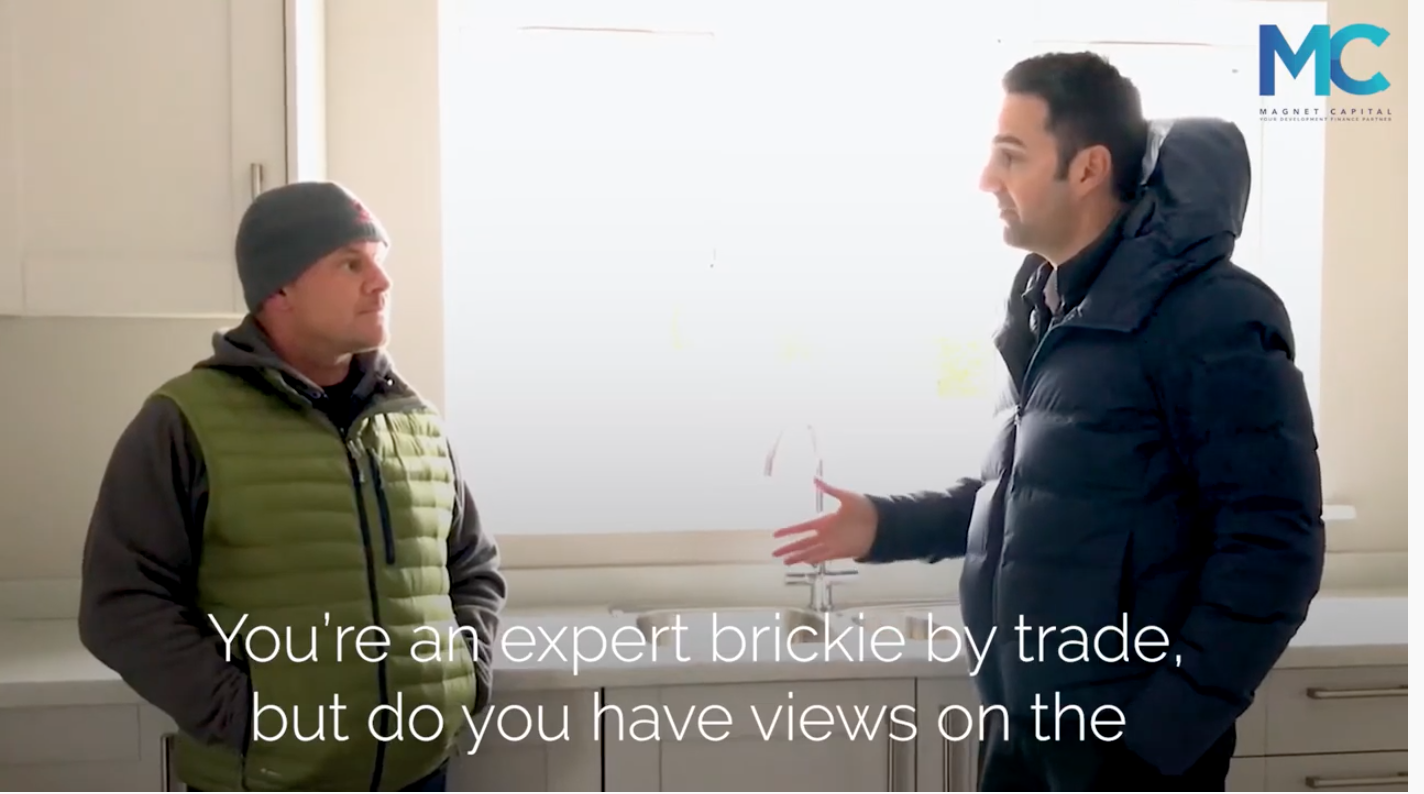
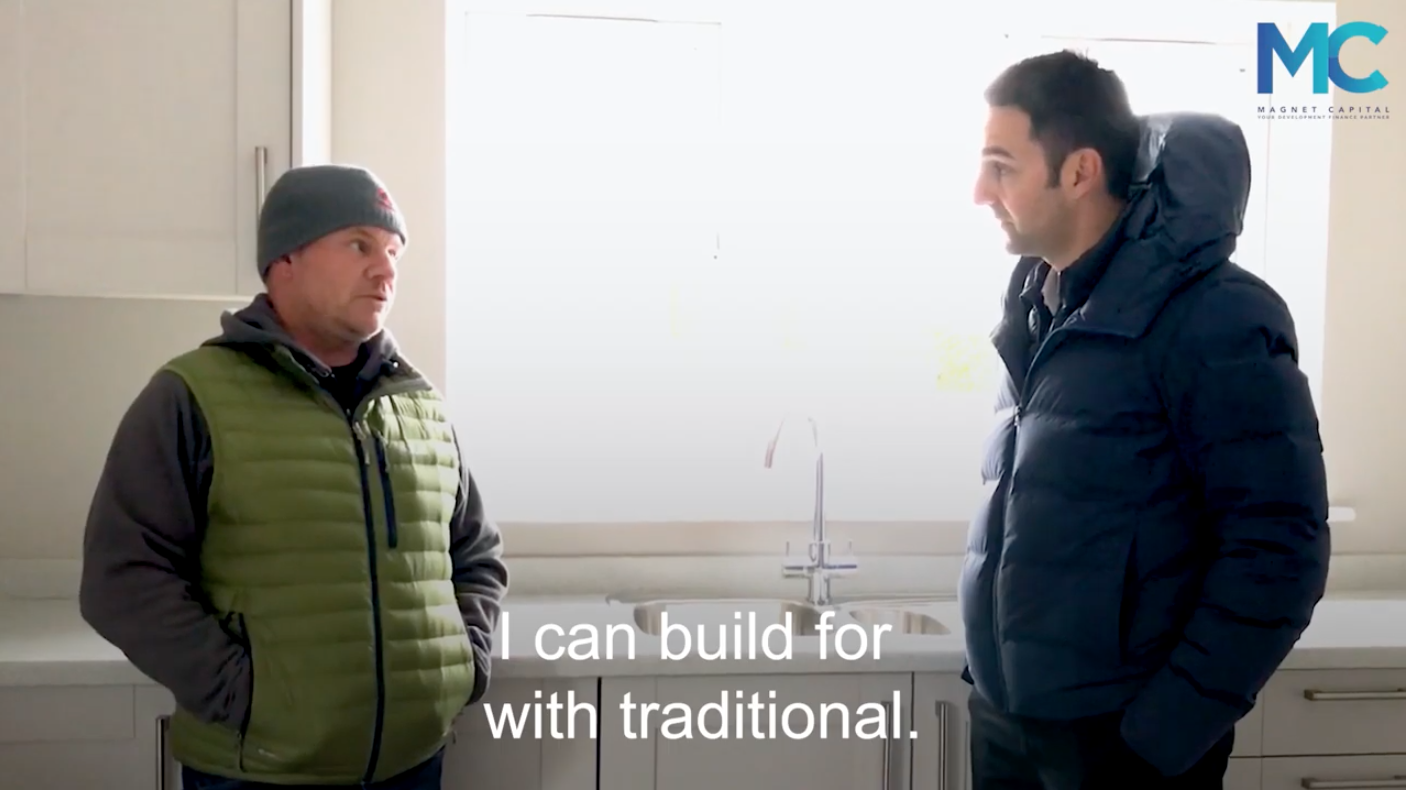
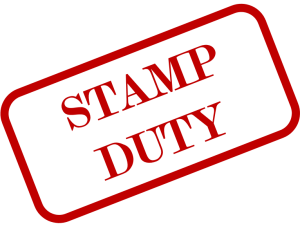
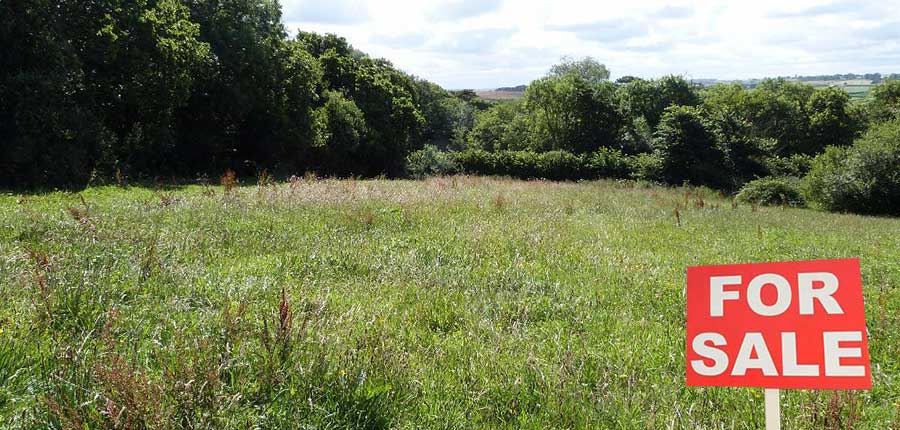


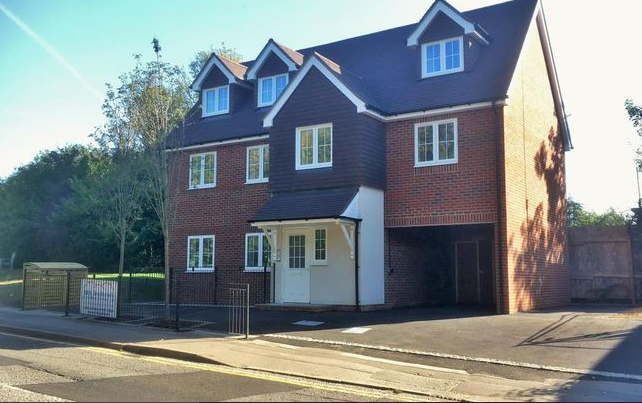

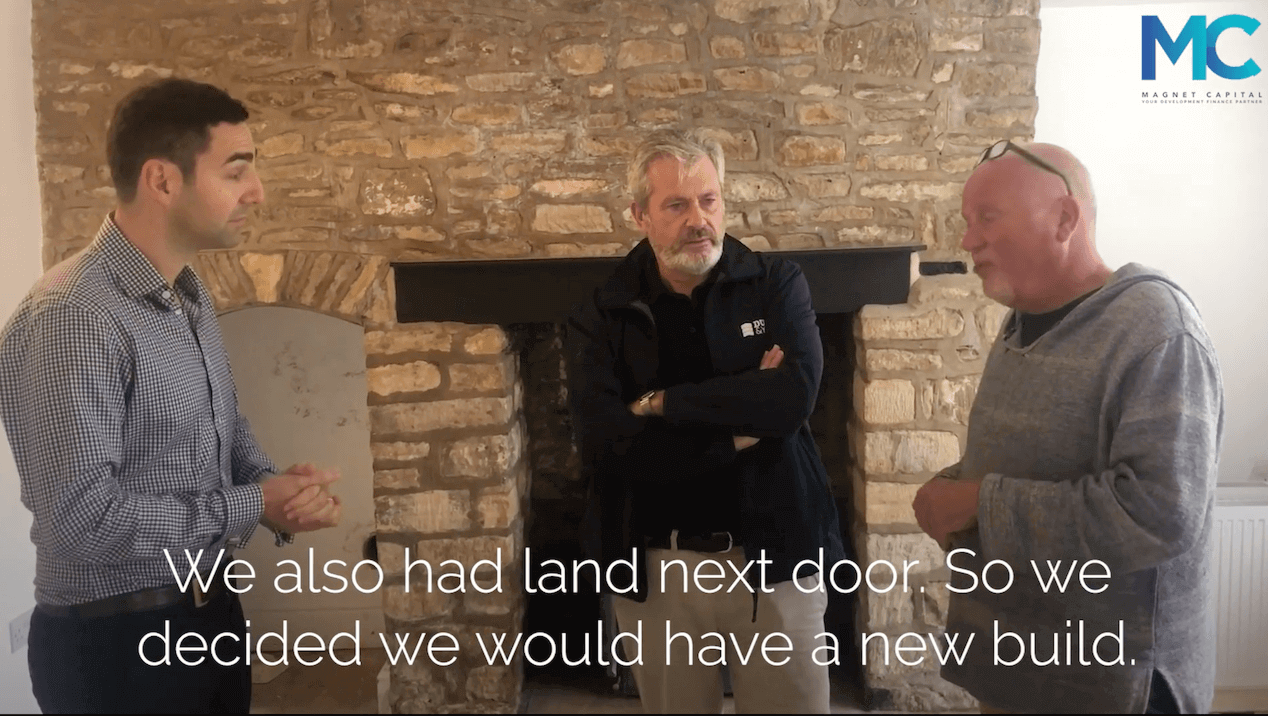







Recent Comments